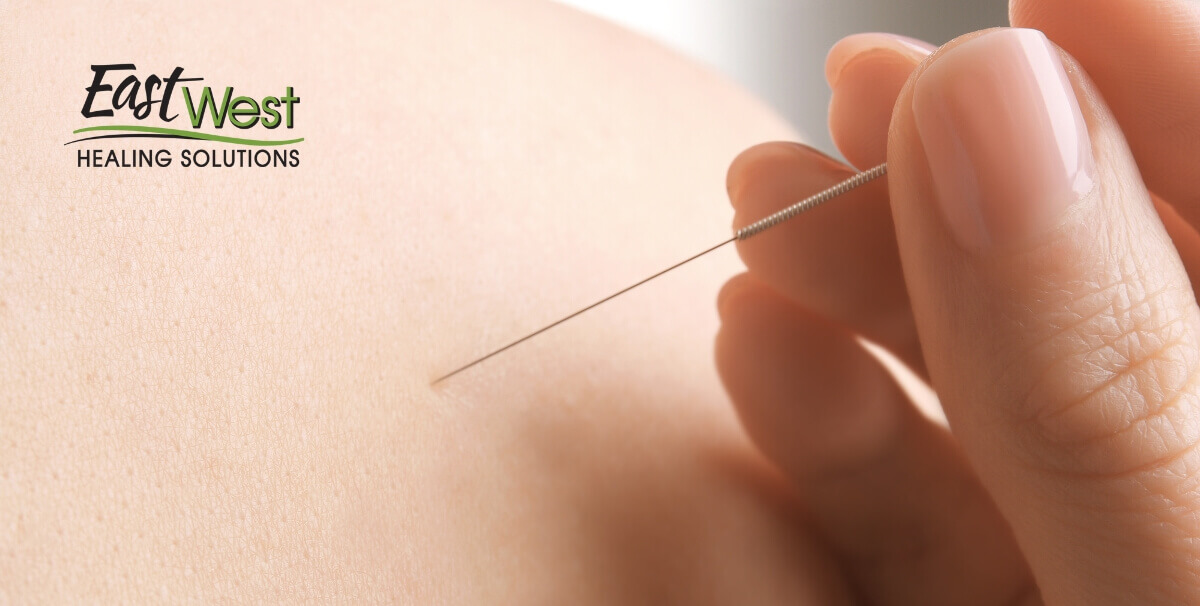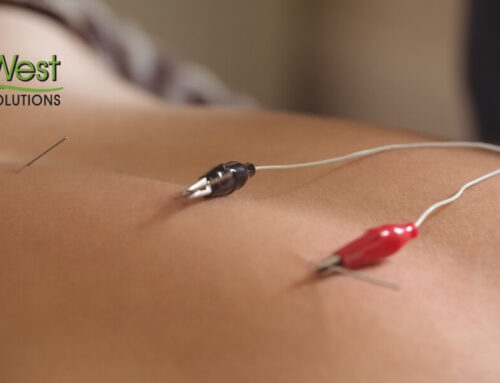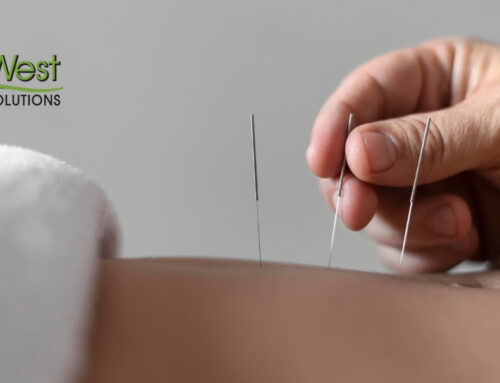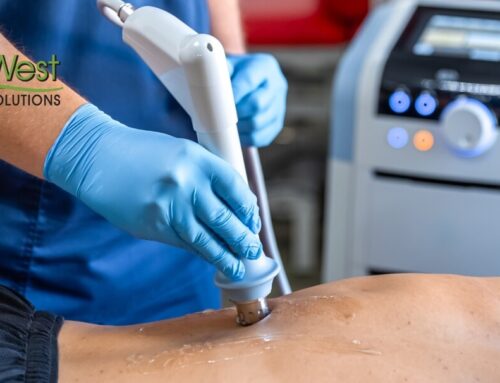Dry needling and acupuncture are similar, but what are a few specific differences between these treatments?
In the realm of alternative therapies aimed at promoting wellness and addressing various health conditions, both dry needling and acupuncture therapy involve the strategic use of needles. While these practices share similarities in their approach, they are distinct treatments with unique principles and applications. Today, we’ll unravel the differences between dry needling and acupuncture therapy, shedding light on their origins, techniques, and therapeutic goals.
Origins and Philosophical Foundations
Acupuncture Therapy: A Traditional Healing Art
Acupuncture therapy, rooted in ancient Chinese medicine, dates back thousands of years. It is based on the concept of balancing the body’s vital energy by stimulating specific points along the meridians using thin needles. Traditional Chinese medicine views health as the harmonious flow of natural energy and acupuncture aims to restore balance by promoting the free flow of energy throughout the body.
Dry Needling: A Modern Intervention
In contrast, dry needling is a more recent addition to the therapeutic landscape. Emerging from Western medicine, it focuses on the musculoskeletal system and the treatment of myofascial trigger points—localized areas of tight muscle fibers that may cause pain and dysfunction. Dry needling involves inserting thin needles directly into these trigger points to elicit a therapeutic response, with the primary goal of releasing muscular tension and alleviating pain.
Techniques and Needle Placement
Acupuncture Therapy: Meridian-Based Precision
Acupuncture therapy employs a systematic approach, targeting specific acupuncture points along energy meridians. The selection of these points is based on traditional Chinese medicine principles, considering the patient’s constitution, symptoms, and the flow of Qi. Acupuncturists use extremely fine needles, often inserted at various depths, to stimulate these points and restore the harmonious flow of energy.
Dry Needling: Focus on Trigger Points
In contrast, dry needling focuses on identifying and targeting trigger points in the muscles and fascia. Practitioners aim to release tension and improve muscle function by inserting needles directly into these localized areas of tightness. The technique involves precise needle placement to elicit a twitch response, which is believed to release muscle knots and encourage a therapeutic response.
Goals and Therapeutic Applications
Acupuncture Therapy: Holistic Balance
The overarching goal of acupuncture therapy is to restore balance and harmony within the body’s energy system. Beyond addressing specific symptoms, acupuncture is often used to promote overall well-being, enhance energy flow, and support the body’s natural healing processes. It is employed for a wide range of conditions, including pain management, stress reduction, and various systemic health issues.
Dry Needling: Musculoskeletal Relief
Dry needling, on the other hand, is primarily focused on the musculoskeletal system. It is commonly used to address conditions such as muscle pain, tension, and dysfunction. The therapeutic aim is to release tight muscles, improve flexibility, and reduce pain associated with trigger points. Dry needling is frequently utilized in physical therapy and sports medicine settings to complement broader rehabilitation efforts.
Regulatory Considerations and Training
Acupuncture Therapy: Regulated Traditional Practice
Acupuncture therapy is often regulated by traditional medicine boards or acupuncture licensing boards in different regions. Practitioners typically undergo specialized training in traditional Chinese medicine, acupuncture techniques, and the philosophy behind Qi energy. Licensing requirements vary, but they often include completing accredited acupuncture programs and passing board exams.
Dry Needling: Varied Regulations
Dry needling, being a more modern practice, faces varying degrees of regulation and acceptance. The regulatory landscape can differ significantly between regions and healthcare disciplines. Some healthcare professionals, such as physical therapists, chiropractors, or medical doctors, may incorporate dry needling into their practices after completing specialized training courses. However, regulations and training standards are not universally standardized.
In summary, while both dry needling and acupuncture therapy involve the use of needles for therapeutic purposes, their foundations, techniques, and goals differ significantly. Acupuncture therapy, deeply rooted in traditional Chinese medicine, seeks to restore balance and promote holistic well-being through the stimulation of specific meridian points.
In contrast, dry needling is focused on musculoskeletal issues, particularly myofascial trigger points, with the goal of releasing muscular tension and alleviating localized pain.
Contact East West Healing Solutions for Acupuncture Therapy in Palm Harbor
Individuals considering these therapies should carefully choose based on their specific health needs, preferences, and belief systems. It’s essential to consult with qualified practitioners who have undergone appropriate training and adhere to regulatory standards, regardless of the chosen modality.
Whether seeking the harmonizing effects of acupuncture therapy or the targeted relief provided by dry needling, individuals can explore these modalities to enhance their well-being in alignment with their unique health goals.
If you’re interested in acupuncture treatment in Palm Harbor, contact East West Healing Solutions to make an appointment today.






